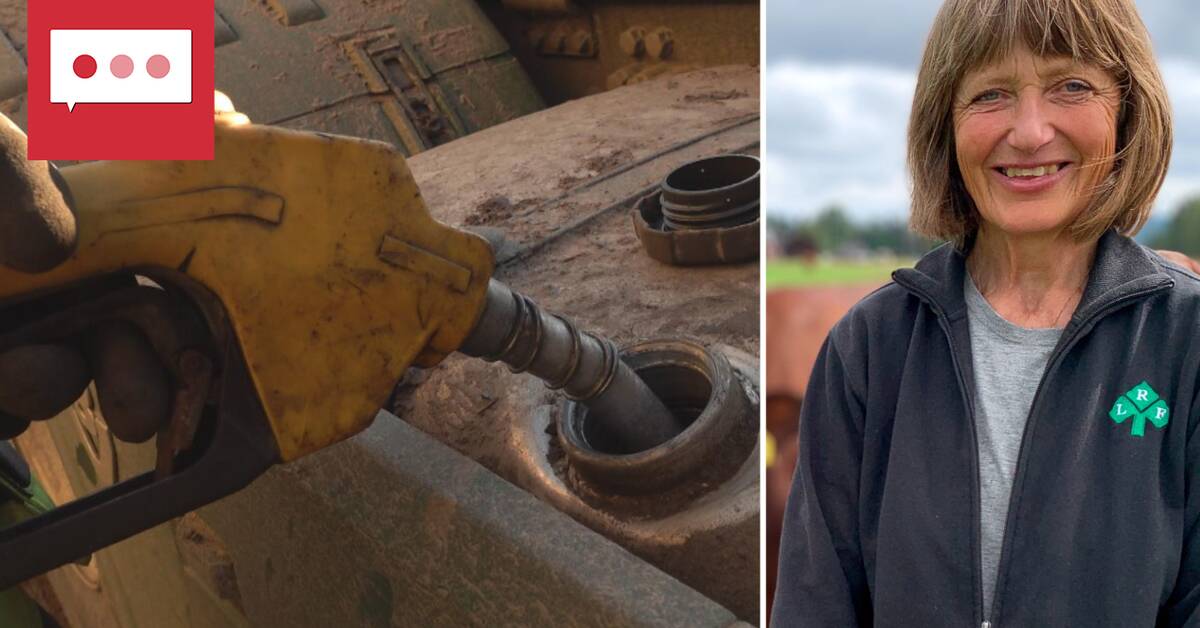Sweden's agricultural emissions of greenhouse gases were 6.9 million tonnes in 2020 – this corresponds to 15 percent of Sweden's total emissions, according to the Environmental Protection Agency.
About half of the emissions are linked to the production of animal foods such as meat, eggs and dairy products.
- We have to have food and if we don't produce it here, we import it and since Sweden has one of the world's most sustainable food production, it becomes a worse alternative.
We then also have less control over how the food is produced, says Anita Boman Daniels.
In the so-called roadmap for fossil-free competitiveness, LRF, together with HKScan, Arla and Lantmännen, focuses on reducing carbon dioxide emissions.
The biggest part is then about reducing emissions from work machines in agriculture.
At the same time, representatives of the industry point out that the transition is taking time because there are not enough work machines that can be operated without fossil fuels.
How to achieve the goal when the transition is slow?
- Number one is that it must be profitable and we must be competitive.
But people make changes even if it costs more because they realize that it has to be done.
But if the profitability is too bad, we will have no agriculture at all.
Agriculture cannot pay for the development of this by itself, but there is a lot going on.

